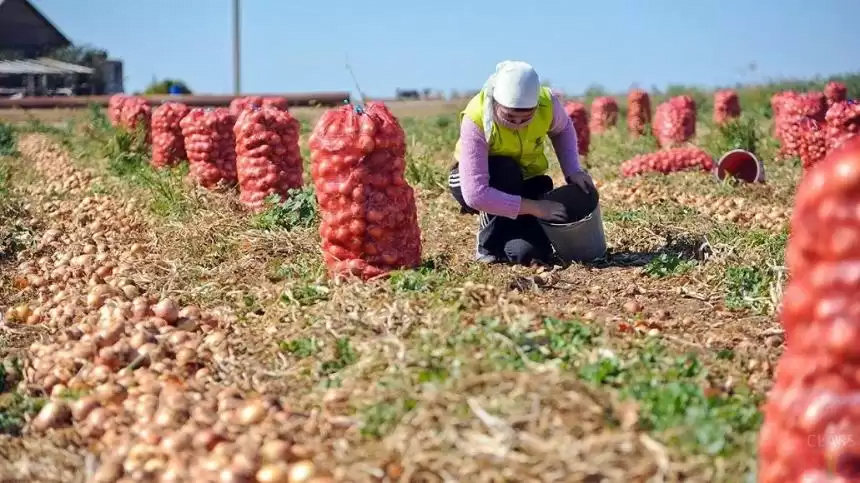According to EastFruit experts from Uzbekistan and Tajikistan a new has arisen in the countries, which caught many by a complete surprised. This problem is rather serious and could lead to a decline in production and exports of fruits and vegetables from the region.
The rapid growth in the incomes of the population of the Central Asian countries in recent years makes people less interested in such physically demanding work as harvesting vegetables and fruits, or doing other field work. Please note that field work in Uzbekistan and Tajikistan is carried out in extreme weather conditions –the air temperatures here since the end of May, as a rule, reach 40 degrees Celsius during the day.
In addition, in recent years, there has been an increase in the flow of labor migrants from Uzbekistan and Tajikistan, not only to Russia and Kazakhstan, but also to countries where the level of income and wages is higher, namely to South Korea, Turkey, EU countries and even to the UK. Poland is also considering the issue of replacing Ukrainian seasonal workers for harvesting berries with workers from Uzbekistan. Accordingly, a physical shortage of workers available in the country is beginning to be observed.
Unfortunately for the countries of Central Asia, the emphasis in the production of fruits and vegetables has traditionally been placed on the low price of products as it was sold mostly to such a low-income country as Russia. This approach worked as long as labor was plentiful, and farmers were happy with even a relatively small income despite the fact that they have to work really hard. In Tajikistan farmers harvest three crops during the season and they only manage to sleep 3 hours per night maximum during the summer.
However, if this farmer, let alone a seasonal worker, has an alternative in the form of an opportunity to earn the same or even more money in more comfortable conditions, then many will take advantage of this opportunity. Moreover, at the moment there is a shortage of workers in the EU countries, and in the developed countries of Asia, and in the USA, where the wages of unskilled workers are sometimes ten times higher than in most Central Asian countries.
“I often repeat that Uzbekistan and Tajikistan simply cannot afford to grow cheap products and should focus on producing high-quality products for a high price segment. They are far from the markets and the costs of logistics for them will always be very high. The cheaper the product, the greater part of the price is “eaten up” by the logistics. Now, another factor is being added – the rapidly rising cost of labor, which may make the cultivation of some fruits and vegetables unprofitable if quality approaches and marketing philosophy are not changed, ”says Andriy Yarmak, an economist at the Investment Department of the Food and Agriculture Organization of the United Nations (FAO).
“Last year we were paying seasonal workers $6 US a day. Now we pay $8 and offer a free lunch, but there are fewer people willing to work than a year ago,” says a farmer from Tajikistan, who asked not to be named.
“Today I invited 20 people to work, but only 12 came. Yesterday I invited 20 people, 16 came. We have a shortage and labor crisis every day because everyone needs workers. As a result, farmers are personally intercepting seasonal workers right from their homes as early as at 5 am! Thus, a real fight unfolds to get the workers! At the same time, it is impossible to raise wages indefinitely, because the prices for medium-sized onions have now already fallen to 10 cents per kg, which means that manual harvesting is already on the verge of unprofitability,” explains the Tajik farmer.
It is obvious that in the near future in the countries of Central Asia we should expect a boom in the mechanization of the production of many vegetable crops, primarily onions, carrots, beets, and potatoes. However, this is not the case with fruit, which can’t be mechanized as easily. It will require investments in more productive varieties and technologies, as well as in PHH, logistics and marketing. We talked more about such breakthrough technologies during the HortiTech Uzbekistan conference, the video of which can be viewed here (in Russian language).
If fruit and vegetable growers in the region do not take actions now, harvesting and marketing problems for fresh produce from Central Asia could begin as early as 2024.




